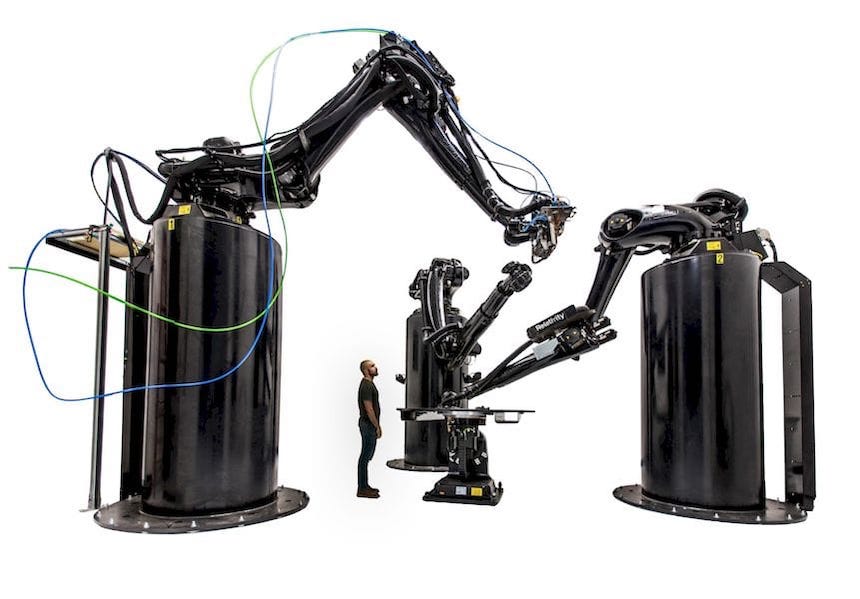
Aerospace startup Relativity Space announced plans to develop a massive rocket booster that would be entirely 3D printed.
The California company has been working on a smaller rocket, the Terran 1, for several years and hopes to launch it later this year. The Terran 1 is able to put 1,250kg to low Earth orbit, placing it in the smaller range of orbital booster.
In this highly competitive market, Relativity Space hopes to jump past the others by leveraging 3D printing. They have designed a rocket that can be near-fully 3D printed in metal using a custom-designed robotic 3D printer they appropriately call “Stargate”.

While they haven’t yet flown a rocket, it seems that investors have taken to their concept and provided a massive amount of funding. Their Series D raise in November was for a whopping US$500M.
If you were wondering what they might be doing with that cash, wonder no longer, as they announced plans for a new rocket, the Terran R.
The Terran R will be able launch far more payload: they say it has a capacity of 20,000kg to low Earth orbit.
This weight is suspiciously close to SpaceX’s Falcon 9 system, which has effectively taken over the commercial rocket business due to its low cost, reusable approach.
The Terran R is designed to be a “fully” reusable system, likely in order to compete with SpaceX. That’s a bit different than the Falcon 9, which is only partially reusable — the first stage is recovered, but the second stage always is discarded in the ocean, leading to increased costs.
If Relativity Space can make a fully reusable system, they could theoretically present costs to orbit at levels even lower than the Falcon 9. That sounds bad for SpaceX, but remember they are working on a replacement system for Falcon 9, the Starship system, which will be fully reusable — and much, much bigger.
Nevertheless, there will be plenty of customers for smaller systems such as the Terran R and Terran 1 as space activities increase.
Relativity Space’s concept has two advantages: reusability and 3D printing. The 3D printing approach allows them to produce systems with far fewer parts. This leads to less weight, more efficiency and even more reliability as there are fewer things to fail.
It seems that investors and customers agree with their concept. CNBC reports the company has “billions” worth of contracts “in the pipeline”. This demonstrates significant confidence in Relativity Space’s 3D printing technology — even though they haven’t yet flown the Terran 1, let alone the just-announced Terran R.
Should Relativity Space succeed, it could be a milestone in the 3D print journey, where rockets of the future will by default be reusable — and 3D printed.
Via Relativity Space and CNBC
